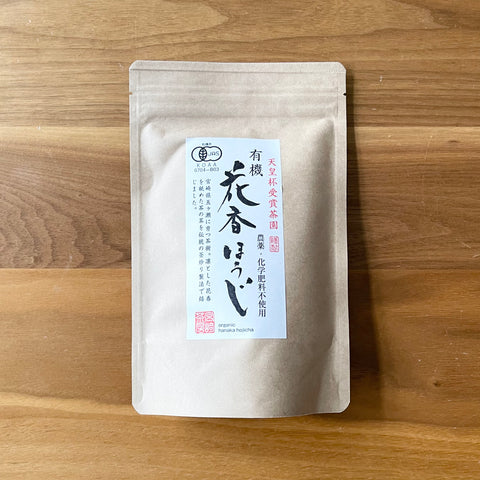-
 Premium Boucha by Ishida Chaya
Premium Boucha by Ishida Chaya
$ 18.00 -
 Hatudumi Sencha by Ishida Chaya
Hatudumi Sencha by Ishida Chaya
$ 25.00 -
 Kagayaki Sencha by Ishida Chaya
Kagayaki Sencha by Ishida Chaya
$ 32.00 -
 Kirameki Sencha by Ishida Chaya
Kirameki Sencha by Ishida Chaya
$ 45.00 -
 Gyokuro by Ishida Chaya
Gyokuro by Ishida Chaya
$ 45.00 -
 Organic Floral Hojicha by Miyazaki Sabou
Organic Floral Hojicha by Miyazaki Sabou
$ 22.00 -
 Organic Genmaicha by Miyazaki Sabou
Organic Genmaicha by Miyazaki Sabou
$ 25.00 -
 Sun-dried Bancha by Tokujuen
Sun-dried Bancha by Tokujuen
Sold Out -
 Surugaji Matcha by Honyama
Surugaji Matcha by Honyama
$ 28.00 -
 Abenohana Matcha by Honyama
Abenohana Matcha by Honyama
Sold Out -
 Suruganomukashi Matcha by Honyama
Suruganomukashi Matcha by Honyama
$ 58.00 -
 Shisuinoshiro Matcha by Senchaso Gokoicha
Shisuinoshiro Matcha by Senchaso Gokoicha
Sold Out -
 Seitainoshiro Matcha by Senchaso Gokoicha
Seitainoshiro Matcha by Senchaso Gokoicha
Sold Out -
 Karakunomukashi Matcha by Senchaso Gokoicha
Karakunomukashi Matcha by Senchaso Gokoicha
Sold Out -
 Enzannomukashi Matcha by Senchaso Gokoicha
Enzannomukashi Matcha by Senchaso Gokoicha
Sold Out -
 Organic Mulberry Matcha by Shimane Organic Farm
Organic Mulberry Matcha by Shimane Organic Farm
Sold Out -
 Tougen Gyokuro by Senchaso Gokoicha
Tougen Gyokuro by Senchaso Gokoicha
$ 32.00 -
 Miroku Gyokuro by Senchaso Gokoicha
Miroku Gyokuro by Senchaso Gokoicha
$ 42.00 -
 Zuichonokumo Gyokuro by Senchaso Gokoicha
Zuichonokumo Gyokuro by Senchaso Gokoicha
Sold Out -
 Ojiyanagi Green Tea by Tokujuen
Ojiyanagi Green Tea by Tokujuen
Sold Out -
 Kakine Green Tea by Tokujuen
Kakine Green Tea by Tokujuen
$ 35.00 -
 Reishi Herbal Tea, Vital Up
Reishi Herbal Tea, Vital Up
$ 36.00 -
 Reishi Herbal Tea, Relax
Reishi Herbal Tea, Relax
$ 36.00 -
 Organic Mulberry Tea by Shimane Organic Farm
Organic Mulberry Tea by Shimane Organic Farm
$ 35.00
























